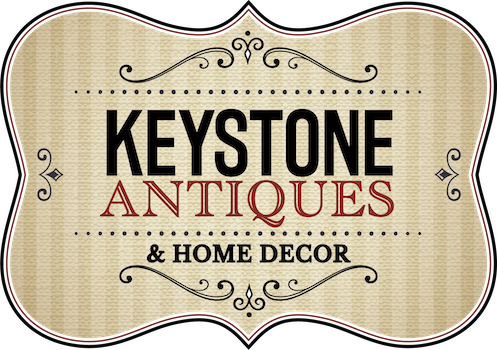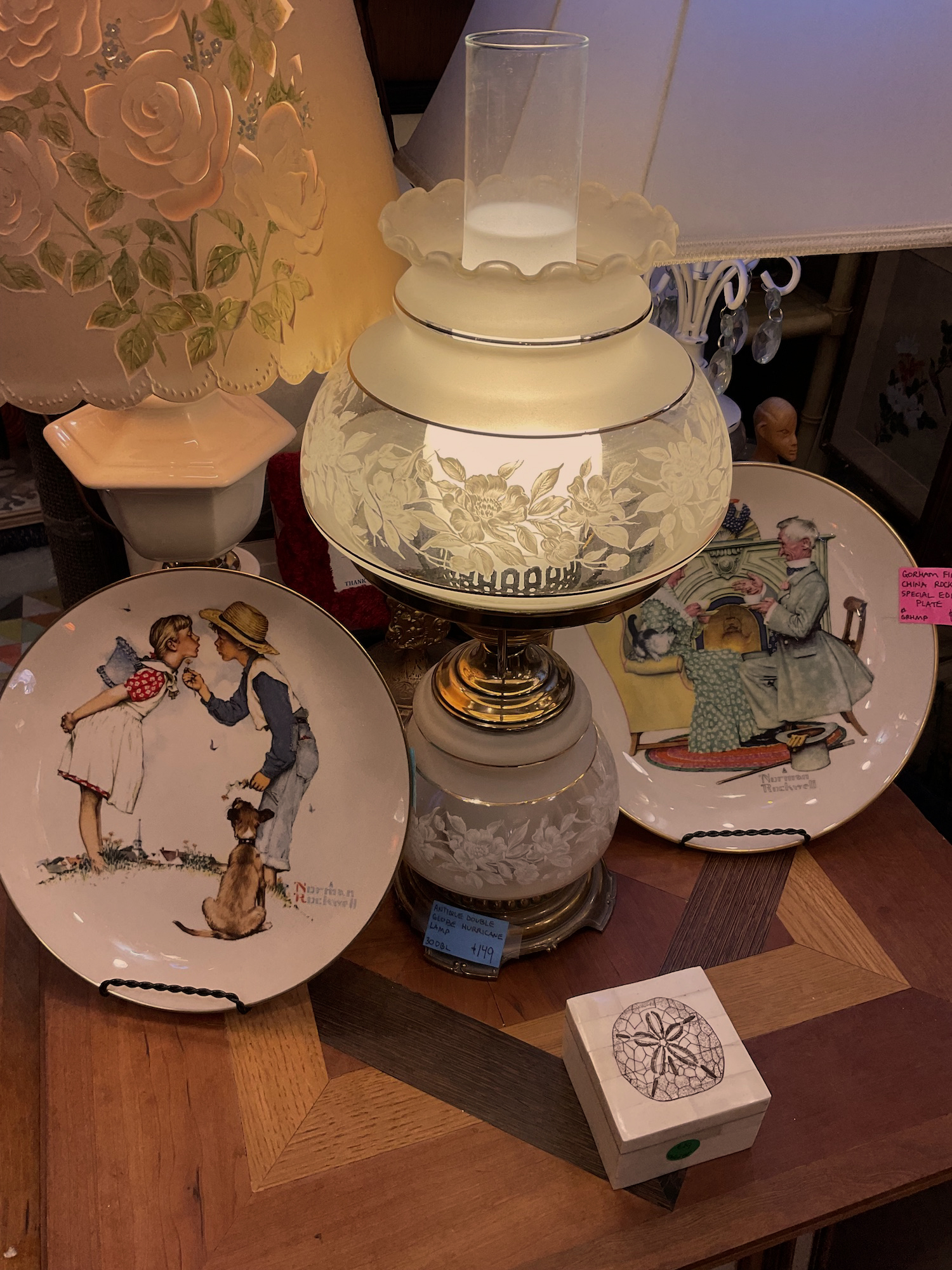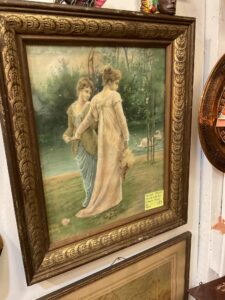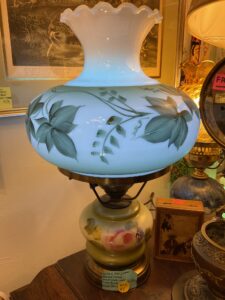We take the beauty of lamp design and electricity for granted in our modern times, but back in the 1920s electricity had only been around for about twenty years. This resulted in all the art and beauty associated with the lavish twenties to translate into nascent lamp designs of the time.
A Brief History Of Electricity
Well into the 20th century, most Americans continued to illuminate their homes using gas lamps. In 1925, only half of American houses had electrical power. Thanks in great part to FDR’s Rural Electrification Act of 1936, by 1945, 85 percent of American homes were powered by electricity, with virtually all homes having electricity by 1960. In the earliest days of home electrification, electricity was often carried place to place by bare copper wires with minimal cotton insulation. By 1921, according to the Copper and Brass Research Association, eight million American houses were wired; five years later, the total was nearly 14 million.
Twenties Lamp Designs
Vintage lamps add a unique ambiance and aesthetic appeal to any room. In the roaring twenties until 1933, the dominating lamp design was the Tiffany lamp. Louis Comfort Tiffany’s renowned techniques of molding colorful, patchwork glass lamps were in high demand for all who could afford it. Tiffany lamps can be worth an exorbitant amount of money today, with designs featuring natural scenes in a stained glass facade akin to stained glass in churches. Another lamp design influence came from the 1925 world’s fair of art and architecture, launching a style that completely broke tradition with the past in its use of sleek, machine-inspired shapes. It was often called Moderne or Modernism—rarely Art Deco, according to one source, until a revival in the 1960s. While pure modernism was based on linear, functional lines, the French added the floral motifs of Art Nouveau, then American Indian and Egyptian symbols, such as the ziggurat, inspired by the opening of Tutankhamen’s tomb in 1922.

Decorating With Antique Lamps
The unique lighting that antique lamps cast onto the interior walls of whatever space they’re located in help imbue a room with an incredible vintage ambiance. Search your local antique shops for treasures from days past. You never know what you might find! It’s also important to buy from a reputable seller of antiques that can correctly date the artifacts so you know what you’re buying is genuine. With certain lamps like Tiffany lamps, there could be a lot of copycats and fakes on the market due to their high demand but equally high prices. With such a short time of operation, it’s likely some would have attempted to keep the style alive and create copies at a cheaper price without the faithful techniques that define the brand. At Keystone Antiques and Home Decor, we make sure your antiques are genuine and of the highest quality before purchase so you can be confident the pieces you take home will work for you and for your home’s design.
Another thing to remember when purchasing antiques is that before adding oil to an antique lamp or plugging an electric one in, make sure to check that all the pieces are cleaned and intact. Technology has vastly changed since the roaring twenties and lamp designs don’t always convert to modern plugs or voltages. Without built-in surge protectors or other modern safety precautions, you could turn a beautiful moment into a serious accident.





